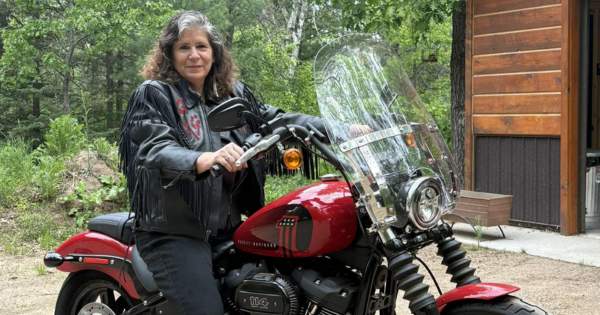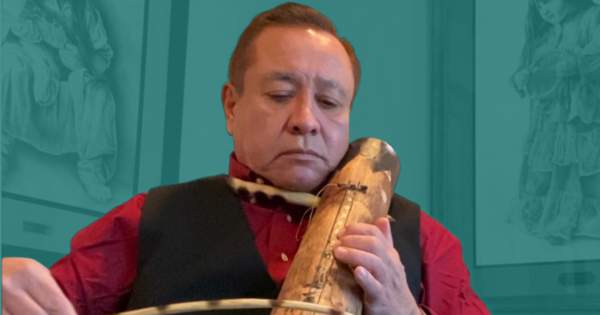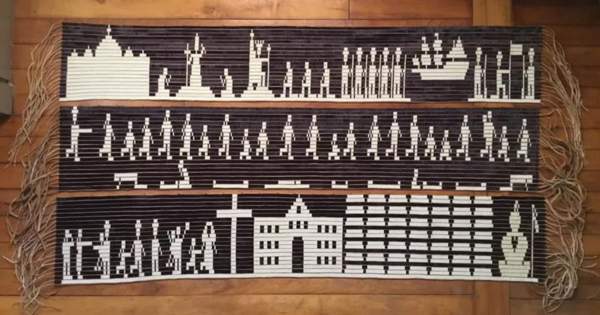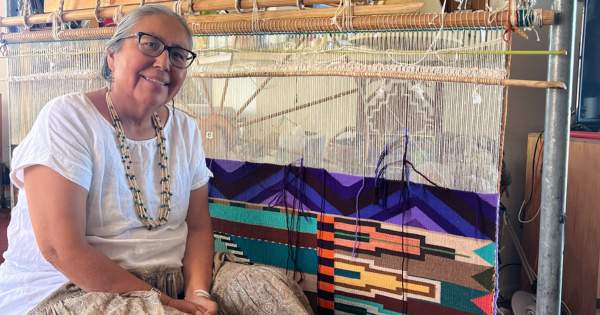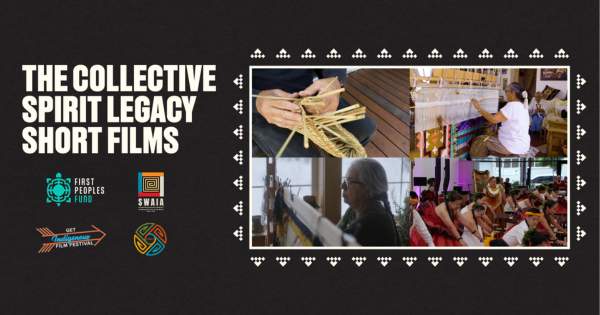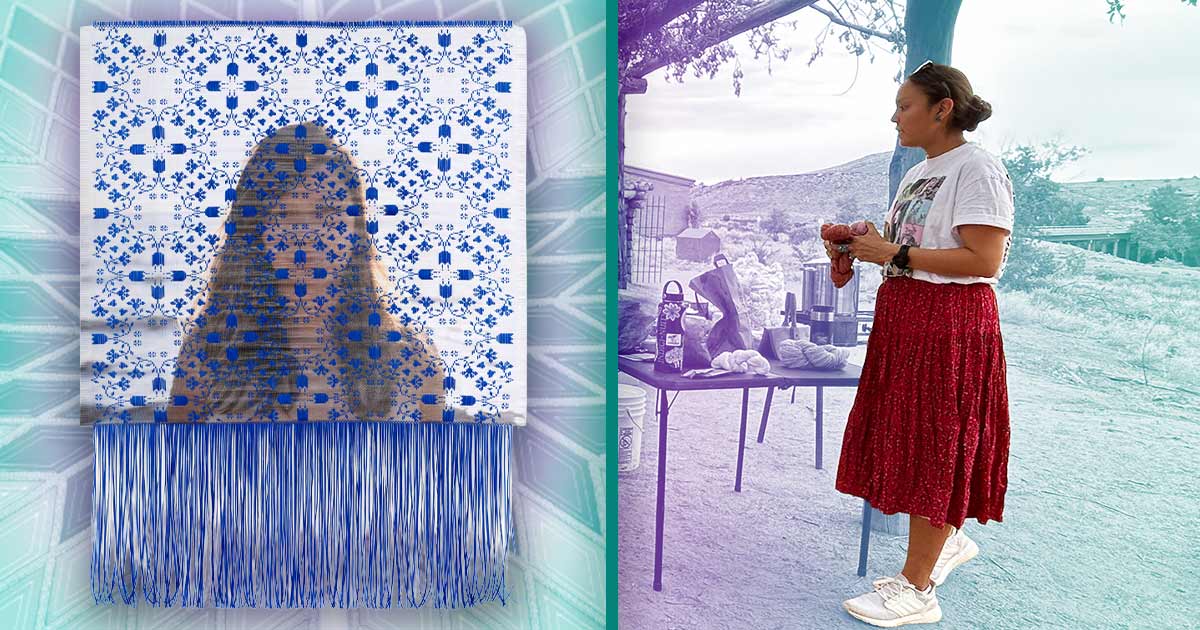
Arts at the Intersection of Culture, Economy, and Place
Kawerak, Inc., a regional non-profit Alaska Native corporation, provides services within the Bering Strait Region of northwestern Alaska which covers about 23,000 square miles on the Seward Peninsula. They serve approximately 7,400 Alaska Native residents from twenty federally recognized tribes located throughout sixteen communities.
Kawerak is headquartered in the hub community of Nome and employs 230 individuals. One of their missions is to advance the arts community within the Bering Strait Region. Through its Community Planning and Development department, Kawerak provides technical assistance to approximately 30 artists in the region per year.
“You start[ed] your parka, and I want to see you finish it,” Aunt Adeline said.
When Lydia Apatiki (Sivuqaghhmii) wanted to learn how to make bird skin parkas, her aunt became her mentor. Partway through the difficult project, Lydia wanted to give up, but her aunt wouldn’t let her.
Lydia did finish. Learning the traditional stitching and eventually mastering it, she has now completed several parkas. But she isn’t keeping the knowledge to herself.
Partnering with First Peoples Fund (FPF) and Kawerak Inc., Lydia created a curriculum to share her cultural knowledge.
“Lydia and her husband Jerome participated in one of the FPF Native Artist Professional Development [NAPD] Trainings in Gambell,” Alice Bioff (Inupiaq) says. Alice works in Kawerak’s Community Planning and Development department as the Business Planning Specialist. “We’ve built a relationship with Lydia and Jerome. Lydia had this amazing mission to create a sewing curriculum. Through her enthusiasm and commitment to the project, she was able to complete it with the support of First Peoples Fund.”
Kawerak, Inc. received an Indigenous Arts Ecology (IAE) grant in 2018. They used it in part to host NAPD trainings, reaching out to rural artists like Lydia who had received a 2017 First Peoples Fund Cultural Capital fellowship. The region it serves includes St. Lawrence Island, King Island, Little Diomede Island, and the communities along the eastern and southeastern shores of Norton Sound. Three culturally distinct groups of Indigenous people — Inupiaq, Central Yup’ik, and St. Lawrence Island Yupik — have lived in the region for thousands of years.
The main focus of the IAE grant for Kawerak was completing an artist survey that would be developed into a report, “Arts of the Bering Strait Region.” The study illustrates the intersection of art with the culture, economy, and place of rural artists. One-on-one interviews with artists in their homes, along with three focus groups, revealed how artists are vital contributors to their communities’ existing economic landscapes. According to the study, “…hunters and gatherers combine subsistence harvesting with the cash economy to offset the high cost of living in rural Alaska. Families must navigate this new landscape, and the sale of art plays a critical role in the balance. Today, artists are economic drivers within their communities.”
“Working with our partners, we are looking at developing a program to support the arts in the region,” Alice says. “Utilizing the data to support that effort, we can show why the support is needed.”
The focus groups gave Bering Strait artists the opportunity to voice their suggestions on strengthening the practice of traditional arts and crafts forms in the region:
- Establish dedicated arts-and-crafts workplaces in communities.
- Increase education and awareness about ivory ban issues, their potential implications, and action-steps.
- Promote education about and develop opportunities for advertising and selling works online.
- Build a network of art dealers who pay equitable prices for work.
- Encourage youth interest in art.
- Provide educational opportunities to learn traditional arts, including ways to learn skills requiring use of legally protected materials (e.g. walrus ivory, baleen).
- Explore ways to support insurance and shipping costs associated with sending artwork to purchasers.
- Encourage grassroots organization around arts sales, such as supporting small groups of people transporting the work of multiple artists to conferences.
- Promote intergenerational teaching and interactions about art and crafts (particularly within families).
The study also affirmed much of what Lydia was already experiencing, especially when it comes to the transference of cultural knowledge through the generations — critical, yet often not readily available.
“It broke my heart when a young lady wanted to learn how to make a bird skin parka but had no one to teach her,” Lydia said.
Lydia’s traditional sewing curriculum is now on her website for educational programs and individuals to download for a small fee.
“There’s a direct connection between our subsistence activities providing for the family, food security, and the arts,” Alice says. “It’s all interwoven, all connected, and having access to those resources and advocating for that is important.”
Note: Kawerak, Inc. would like to thank the following organizations and individuals for their contributions to this study:
All artists and crafters who participated in the survey, focus groups, and interviews.
Randall Jones, Isabelle Ryan, and all tribal offices that helped distribute and collect surveys.
Artists who agreed to be photographed and have their photos used in the report.
McDowell Group for developing the report.
Dartmouth Interns Tia Yazzie and Shelby Fitzpatrick.
Photos by Taylor Booth Photography; Katie Miller; Alice Bioff, Nome; Huda Ivanoff, Unalakleet; and Danielle Slingsby, Nome.
Kawerak, Inc. (Danielle Slingsby, Donna James, Julie Raymond- Yakoubian, Vera Metcalf, Patti Lillie, MaryJane Litchard, Rose Fosdick, Carol Piscoya, Alice Bioff [Project Lead].

